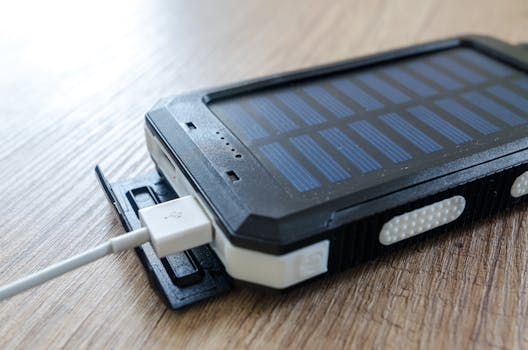
The Future of Tech and Gadgets in 2025: Trends and Innovations
2025 is set to be an exciting year for tech and gadget enthusiasts, with tech innovations and trends that are changing the way we live, work, and interact with each other. From AI-powered devices to sustainable energy solutions, this year promises to be a game-changer for the industry. In this article, we’ll explore some of the most significant tech and gadget trends in 2025, and what they mean for consumers and businesses alike.
Section 1: AI-Powered Devices
One of the most significant trends in 2025 is the rise of AI-powered devices. These devices use artificial intelligence to learn and adapt to our behaviors, making them more efficient and effective. From smart home appliances to wearables, AI-powered devices are becoming increasingly popular. For example, smart thermostats can learn our temperature preferences and adjust the temperature accordingly, while smart home security systems can detect and alert us to potential threats.
Another area where AI is making a significant impact is in the field of healthcare. AI-powered medical devices can analyze data and make predictions about patient outcomes, helping doctors to make more informed decisions. For instance, AI-powered diagnostic tools can analyze medical images and detect diseases such as cancer and diabetes more accurately and quickly than human doctors.
Section 2: Sustainable Energy Solutions
As concern about climate change and sustainability grows, the tech industry is responding with innovative solutions. One area that’s seeing significant investment is sustainable energy. From solar panels to wind turbines, renewable energy sources are becoming more efficient and cost-effective. For example, advancements in solar panel technology have made it possible to generate more energy from a smaller surface area, making it more feasible for homeowners and businesses to switch to solar power.
Another area that’s seeing significant innovation is energy storage. Advances in battery technology have made it possible to store excess energy generated by renewable sources, reducing our reliance on fossil fuels. For instance, Tesla’s Powerwall battery can store up to 13.5 kWh of energy, enough to power a home for several days.
Section 3: Internet of Things (IoT)
The Internet of Things (IoT) refers to the network of physical devices, vehicles, and other items that are embedded with sensors, software, and connectivity, allowing them to collect and exchange data. In 2025, the IoT is set to become even more pervasive, with an estimated 50 billion devices connected to the internet. This will have a significant impact on various industries, from manufacturing to healthcare.
For example, in the manufacturing industry, IoT devices can monitor equipment and predict when maintenance is required, reducing downtime and increasing efficiency. In healthcare, IoT devices can monitor patient vital signs and send alerts to doctors and nurses, improving patient care and outcomes.
Conclusion
In conclusion, 2025 is set to be an exciting year for tech and gadget enthusiasts. From AI-powered devices to sustainable energy solutions, the industry is responding to the challenges of the 21st century with innovative solutions. As consumers and businesses, it’s essential to stay ahead of the curve and adapt to these changes. By embracing these trends and innovations, we can create a more efficient, sustainable, and connected world.





